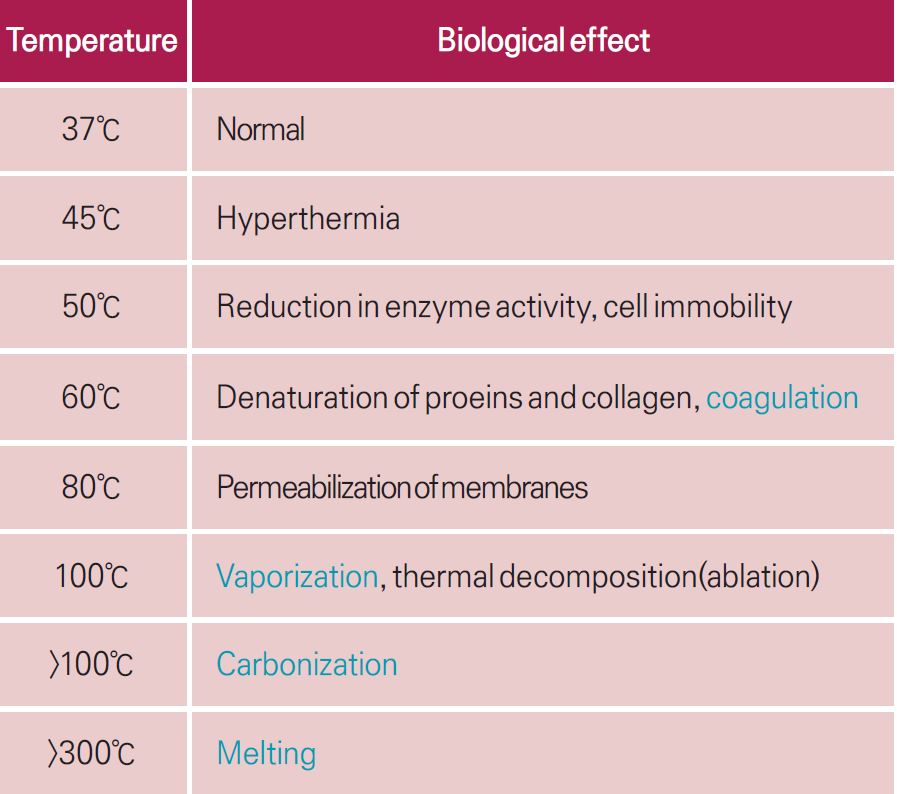
▶ Previous Artlcle : #19-5. The Composition, Principles, and Types of Lasers
In order for laser to secure selective photothermolysis on the target, (1) the wavelength should be selective to the target chromophores, (2) the irradiation time should have the irradiation time equal to or shorter than the TRT of the target chromophores, and (3) the energy fluence is sufficient to destroy the target chromophores.
Only when these conditions are met, the target chromophores can be selectively destroyed and removed without damaging the surrounding normal tissues, thus resulting in reduced recovery time and side effects that can occur after undergoing a laser procedure.
[Advertisement] Reandnè Thread Series – Manufacturer: GTG WELLNESS(https://gtgwellness.co.kr/en/)
The extended theory of selective photothermolysis is an extended concept of the selective photothermolysis.
According to the theory, when a wavelength suitable for the chromophores is used and a fluence sufficient to destroy the target chromophores is used, the generated heat is not confined within the chromophores but extends beyond the target chromophores to the surrounding tissues to treat the target lesion.
Typical examples include hair removal and vascular therapies.
The subcellular selective photothermolysis is also a concept included in the selective photothermolysis, but refers to a phenomenon in which the selectivity is achieved below the cellular level.
Laser toning is one of the typical examples.
Types of Laser and Indications
Considering those basic principles and theories of lasers, I believe that the ultimate goal of laser procedures is to obtain the best outcomes patients want without or with minimal adverse effects.
In clinical practice, however, there are many more things for you to know in addition to basic theories and principles.
Thermal effects of laser radiation. Source : Markolf H. Niemz, Laser-Tissue Interactions: Fundamentals and Applications, Springer, 2007.
-To be continued





















